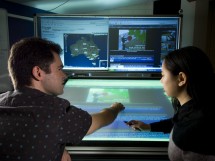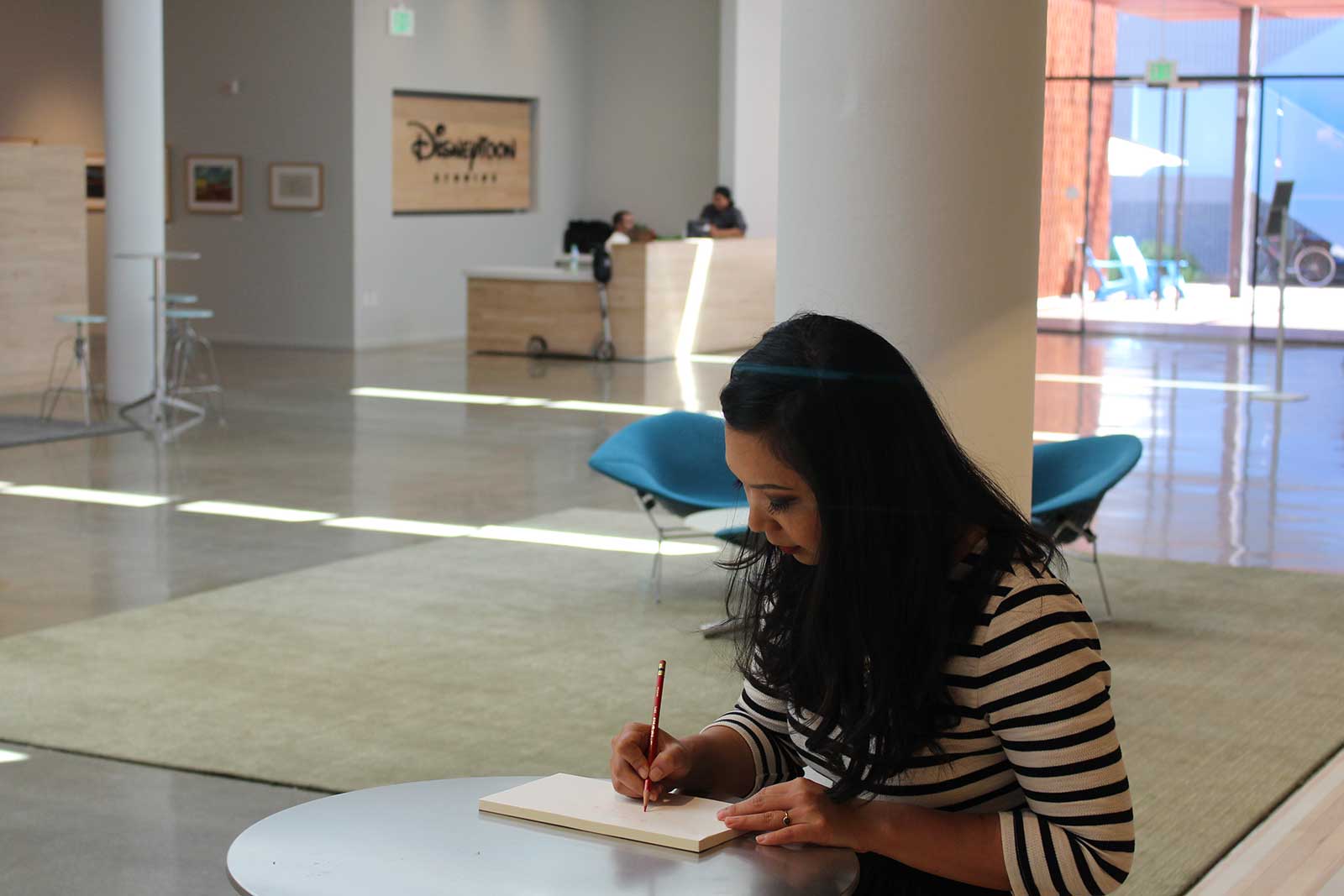(This article that appears in Kompas KLASS, July 10, 2015, is about Entertainment Design as reported by Ina Liem during her visit to California, USA. The second part of the report can be read here)
No doubt entertainment is a large industry that can improve the economy of a country.
Take a look at the United States. With its theme parks alone such as Disneyland and Universal Studios, the US is able to grab millions of tourists every year.
Vehicles, buildings, and unique backgrounds that appear in Batman, Star Trek, War of the Worlds, and Transformers make the movies memorable. Many people are even willing to spend millions of rupiah to collect Batmobile, Lightsaber from Star Trek and Transformers, robots that can turn into cars. Similarly, costumes of popular games players, such as those in the League of Legends by Riot Games, also contribute to the popularity of a game.
Although the world of entertainment seems exciting, the concept preparations and the production processes are very serious and complicated. The detailed work requires the expertise of highly trained practitioners.
The study program of Entertainment Design
One of the best schools offering the Entertainment Design major is the Art Center College of Design in Pasadena, California. The graduates of this unique program are capable of creating strange worlds, unique characters, and interesting objects from their imagination.
With the knowledge obtained, they invent new concepts for the world of entertainment including films, video games, theme parks, exhibitions, and museums. In their hands, even a library, which is generally perceived as a boring place, can be transformed into a delightful recreational place.
Chairman of the Entertainment Design Department at the Art Center College of Design in Pasadena, Tim Flattery, has been involved in more than 100 films for more than 25 years of experience in the entertainment industry. His imaginations poured into his original designs in Transformers, Star Trek 3, Captain America, and Men in Black.
In Batman Forever, Tim is the designer of the Batmobile. He also designed the atmosphere of all the cities in The Hunger Games and the Turbo Man costume worn by Arnold Schwarzenegger in Jingle All The Way. Many other blockbuster films have also been touched by his design concepts.
Tim’s designs can also be seen in several Walt Disney Imagineering and Chimera Design’s theme parks. Anyone who has been to Disneyland in Anaheim, USA, will remember Tomorrowland with its Space Mountain Roller Coaster, the Star Tour virtual 3D Ride, the Astro Blaster, and the monorail that goes around Disneyland. The concept of Tomorrowland was designed by Tim Flattery, who also actively teaches at the Art Center.
We often see and enjoy the designs by alumni of the Art Center, such as the costume designs, vehicles, and buildings in the movie of Pirates of the Caribbean 4, Jurassic World, Lego 2 Movies, Aliens, Minority Report, and much more. Some other alumni are working overseas and building theme parks in China and Dubai.
Since the entertainment industry is very multidisciplinary, many Entertainment Design students also take courses from the Film, Transportation Design, Environmental Design or Product Design Departments to expand their horizons. In the 5th or 6th semester, they can consult individually with their head of department to discuss specific programs that require coordination with other departments.
Every spring, the Art Center holds the Intern Show. Companies come to campus to recruit students for internships during the fall. They are usually the film, games, theme parks companies and other entertainment industries. Among those regularly coming are The Walt Disney Company, Pixar, DreamWorks Studios, Sony Pictures Entertainment, Riot Games, Thinkwell Group, Mirada Studios, 343 Industries, and Blizzard Entertainment.
Not all students can get the internships. Just like in job fairs, they have to apply, display, and present their portfolio. Once accepted, they could be paid for the internship or given credits by the college. Most students get both.
Of the 144 credits that must be taken during the undergraduate program, 99 credits are in the studio where students will learn as they practice. The remaining 45 credits are academic and theoretical.
In the United States, generally students are required to take courses in history. However, at the Art Center, they can take courses in a more specific history such as the history of the film industry, entertainment world history, or the history of storytelling.
Specialization
In the Entertainment Design program, there are two areas of specialization that can be selected from the beginning, which are Concept Design and Character Animation. Although students in both streams are equally directed into storytellers, each stream has a distinctive expertise.
Character Animation is more focused on displaying the emotions and expressions of a character so that it will not appear like a robot. Students act as performers or actors to be able to create different expressions corresponding with the characters’ emotions.
Students who choose the Concept Design specialization create the overall appearance of the movies, video games, commercials, theme parks, including the character attributes, such as costumes, vehicles used, as well as buildings and background displayed.
Whatever the specialization is, when creating a character, they should explore the ideas in depth, ranging from the historical to the aesthetic aspects. That includes the background of a character, his life, vehicles used, his home, clothing, and facial expressions. This way, the characters seem alive, having souls. So, it is not just about creating images.
Art Center is known as the “hard to get in and hard to get out” type of college. To be admitted, students must submit their works (portfolio). Due to intense competition, many join the short summer program opened for public to start creating their portfolio before applying.
From twice admissions each year, only about 17 students get accepted in each admission. Although fluency in digital programs is not required, 99 percent of the portfolios accepted so far are digitally made.
The next part of the article can be read here.
Ina Liem
Authir and CEO Jurusanku
@InaLiem
@kompasklass #edukasi



















Add Comment